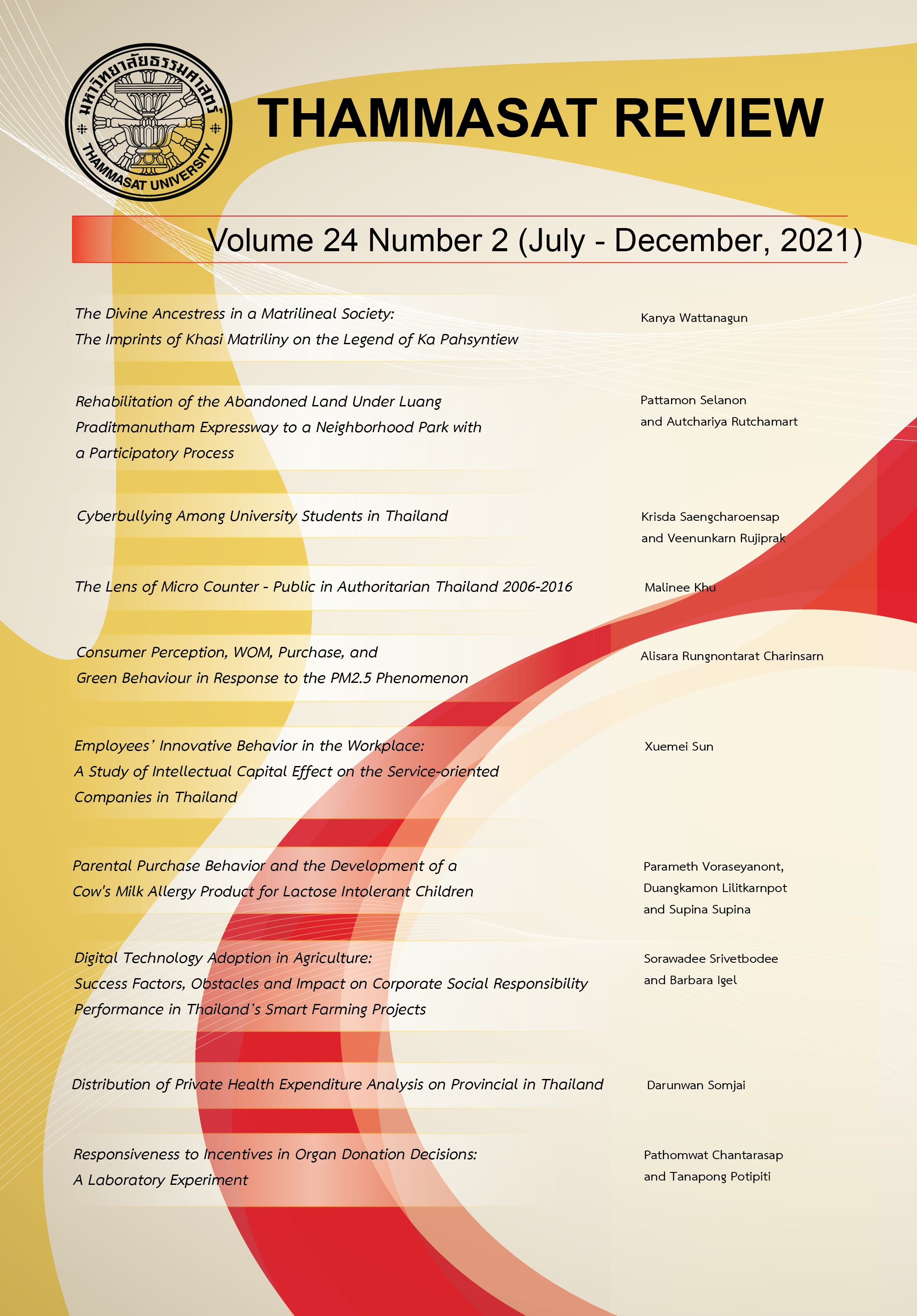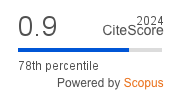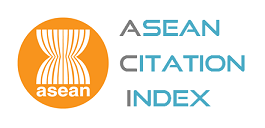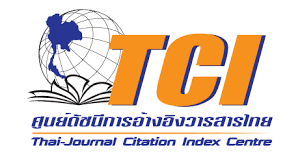Employees’ Innovative Behavior in the Workplace: A Study of Intellectual Capital Effect on the Service-oriented Companies in Thailand
Keywords:
Innovative work behavior, Human capital, Structural capital, Customer capitalAbstract
Innovation or innovativeness is an essential factor for sustainable competitive advantages in organizations nowadays. This study aimed to explore the interaction between each element of intellectual capital (human capital, structural capital, and customer capital) with organizational employees’ innovative behavior of service-oriented companies. A purposive sampling method was applied in this study. In addition, a survey was used to collect data from 423 responses of 198 public companies in Thailand. The results from the multiple linear regression and the hierarchical multiple regression analyses showed that the three elements of intellectual capital had positive associations with employees’ innovative behavior in the workplace. Furthermore, the results presented that the structural capital of firms had the strongest effects on the innovative behavior among three elements of intellectual capital. The findings of this study offer not only the theoretical implications for scholars but also the practical implications for managers of service-oriented companies. The findings support that resource-based theory (RBT) not only worked as a main theoretical foundation in the scholarly literature but also noticeably featured in the field of strategic management by addressing a fundamental issue of intangible resources that can be created and accumulated for firms in the dynamic business environment. Having a higher extent of intellectual capital in firms tends to effectively encourage employees’ innovative behavior in the workplace.
Downloads
Published
How to Cite
Issue
Section
License
The opinions and ideas expressed in all submissions published in Thammasat Review are solely that of the author(s) and do not necessarily reflect that of the editors or the editorial board.
The copyright of all articles including all written content and illustrations belong to Thammasat Review. Any individuals or organisation wishing to publish, reproduce and distribute a particular manuscript must seek permission from the journal first.








